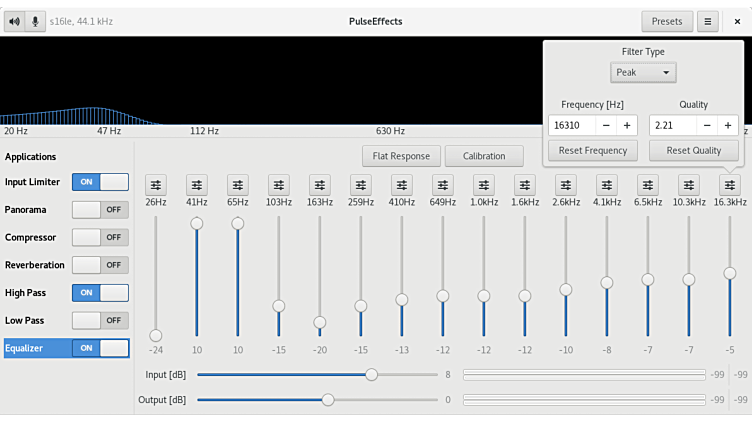I've always considered myself an early adopter, perhaps even an avant-gardist, when it comes to hi-fi technology. Over the course of the hi-fi journey, there have been paradigm shifts – the transition to CDs, later embracing streaming, and the shift from bulky floor-standing speakers to sleek active monitors, just to name a few.
In my experience, I've found success in keeping my signal paths straightforward. I've been hesitant to transform my regular home listening environment into an acoustic laboratory with heavy computer usage or reliance on proprietary DSP products. Call me old-fashioned, but I value the simplicity of my setup.
Are there others out there who, like me, choose to forgo room correction, measurement microphones, and other sophisticated tools in favor of a more straightforward audio experience? I'd love to hear about your approaches, experiences, and the reasoning behind your decision.
Is simplicity still a virtue in the ever-evolving landscape of audio technology?
Simplicity comes in a few forms.
Room correction does help with bass room nodes, but so can speaker position and the room itself. Sometimes the room effects are beneficial as is the case with REL subwoofers and recommendations to place them in a corner. Juicing up the bass can make for a more pleasant experience even if it's inaccurate.
Additionally, we know that luck plays into room/speaker interactions.
As for me, I have embraced simplicity with active speakers (Meyer Sound Amie).
In keeping with your concept of “simple source”, I then have a few options
1) Turntable to phono equalizer, all analog
2) Digital to Yamaha AVP with option to enable room EQ or PEQ. Paradoxically the Yamaha room EQ is pretty hands off, so it keeps simplicity in play instead of getting to into the weeds of good room measurements.
For my home theater, I do use Dirac and all sorts of “in the weeds” measurements to fully EQ my Bose 901 digitally.

